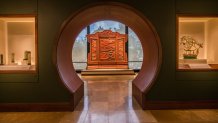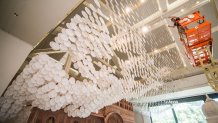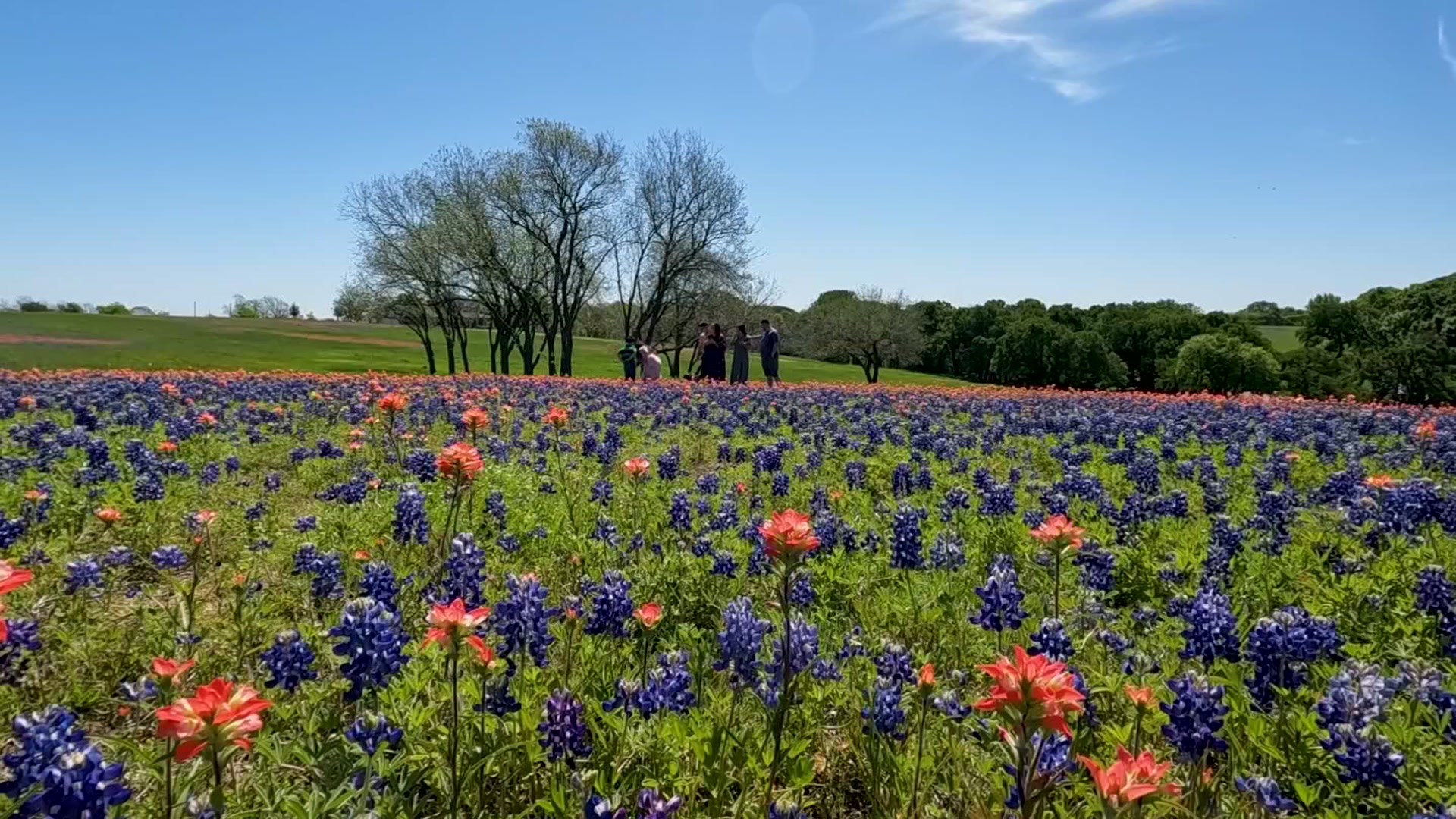A staple of the Dallas Arts District is reintroducing itself with an upgraded facility and a new name. Just in time to celebrate its 20th birthday on Dec. 5, the Crow Collection of Asian Art is now the Crow Museum of Asian Art.
The new name reflects the museum’s evolution from exhibiting 611 pieces of Trammell and Margaret Crow’s collection to developing into a museum devoted to community engagement.
“Here we are in this moment in time 20 years later where the Crow family is taking the next step of saying this is no longer the Crow Collection of Asian Art. It’s something bigger. It’s something more inclusive, more important to the city and we’re essentially declaring that we’re now in partnership with the city so that it is a museum truly in the public trust,” Amy Lewis Hofland, the museum’s executive director, said. “So, we’ve grown up.”
Growing up means expanding from 11,983 square feet to 16,281 square feet, allowing the museum to start this new chapter with five intriguing exhibitions.
“Our Asian Art Museum: The Crow at Twenty” celebrates the depth of the collection with 20 masterworks and recognizes community leaders. “Every piece here has been paired with a friend of our community,” Jacqueline Chao, the museum’s senior curator, said.
Prominent friends include Dallas Mayor Mike Rawlings, Caren Lock, the board chair and a member of the executive committee at the Dallas Women’s Foundation, Michael Sorrell, the president of Paul Quinn College and Lily Weiss, the executive director of the Dallas Arts District.
“Avatars and Incarnations: Buddhist and Hindu Art from the Collection” investigates the divine avatars in Hindu and Buddhist art. Both religions depicted thousands of gods and goddesses in various forms, with styles changing through time. In their variety, visitors can contemplate these divine entities’ power and significance.

“The Art of Lacquer” demonstrates the craftsmanship of detailed Japanese, Chinese, Korean and Burmese lacquer pieces. A screen on display for the first time is an example of the time-consuming creation process. “You have to add and build up layers of this lacquer over time. It takes about 36 hours for a layer to dry and cure before you can another layer. So, a piece like this takes months and months in order for it to get thick enough so you can actually dig in and start inscribing it,” Chao said. Some pieces required 100 layers of lacquer before the artisans could begin carving an intricate relief.
The museum’s beautiful Jade Room houses “Immortal Landscapes: Jade from the Collection.” The exhibition emphasizes the importance of nature, specifically mountains, in Chinese culture. “Mountains play a pivotal role. They form a bedrock in inspiration. They are a place for scholars to retreat to, or they’re a place of inspiration for paintings,” Chao said. “We wanted to feature how jade artisans were able to highlight this element in their carvings. They’re taking inspiration from Chinese paintings, from things that they see around them.”

The most spectacular exhibition is the solo exhibition “Jacob Hasimoto: Clouds and Chaos.” On view in Gallery III through April 7, Nuvole (2006-2018) is a site-specific installation consisting of countless discs made of cut paper collage and bamboo. Together these small discs create an ethereal cloud, wrapping around major works from museum’s collection and the museum’s Grand Gallery.
The Scene
Hofland recounts how the museum was initially organized, with pieces displayed in relation to their country of origin. This cloud reflects the museum’s current approach to displaying Asian art.
“Asia is not defined by boundaries and borders. It is very much of the world and this exhibition is extremely exciting to me to have someone with Japanese heritage creating work inspired by the kite of Japan and inviting this enveloping expression of air and light and sound around a 1750 Mughai sandstone façade,” Hofland said. A selection of Hashimoto’s woodblock and intaglio work created in collaboration with Durham Press in Pennsylvania is also on display.
Committed to extending the museum experience, the Crow Museum opened the Pearl Art Studio. The street-side studio at Olive on the north side of Belo Pavilion is open to the public on Saturdays for workshops and messy fun for the whole family.

The multi-million-dollar expansion includes a new downstairs gallery connected to the existing upper galleries by a new wood-and-glass staircase and new elevator. These improvements give the museum a new flow, with visitors no longer having to backtrack to leave the museum.
“We’re very proud to say you can exit through the gift shop,” Hofland said. There’s no rush to make a hasty exit. The Lotus Shop, filled with carefully curated Asian-inspired gifts, is lovely enough to make visitors linger.
MORE: Crow Museum of Asian Art



